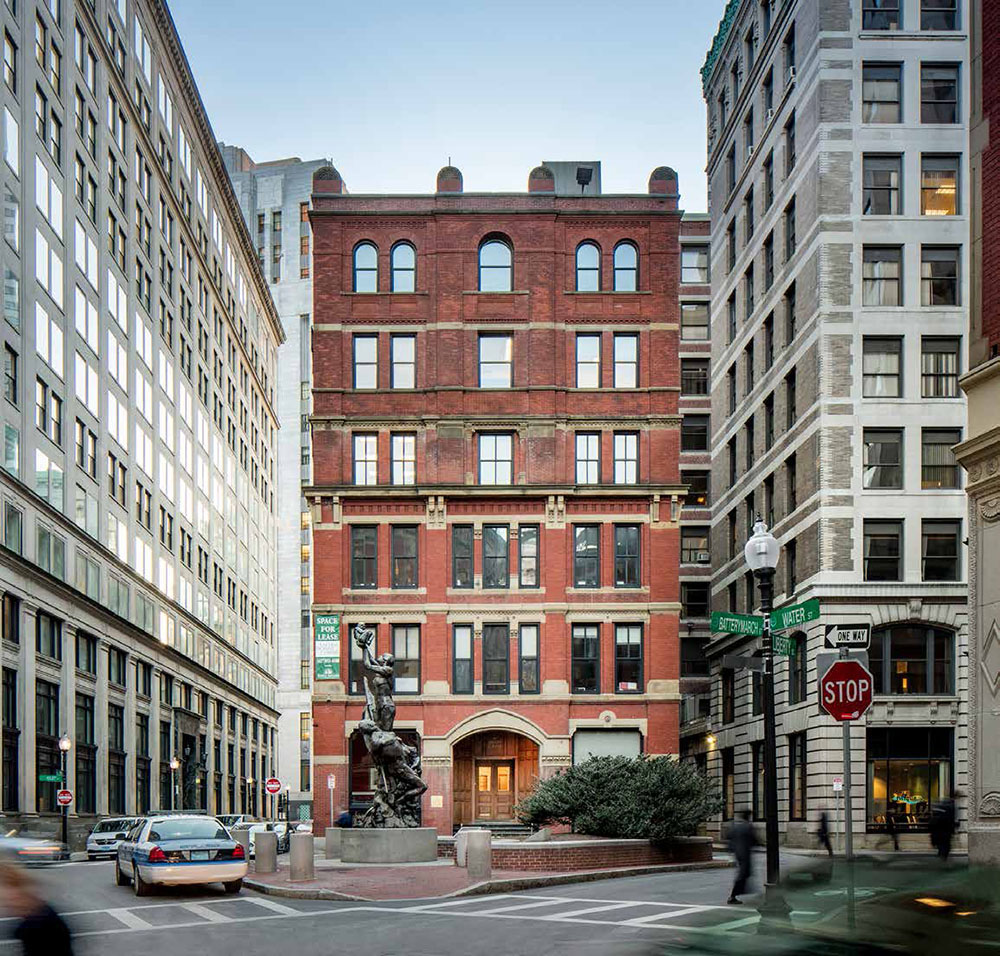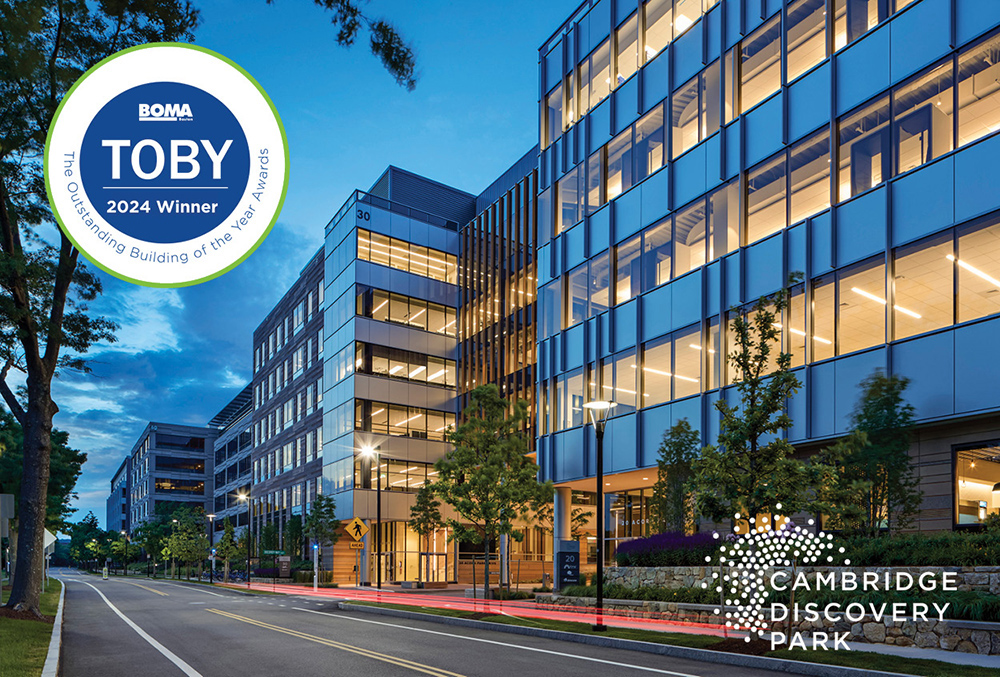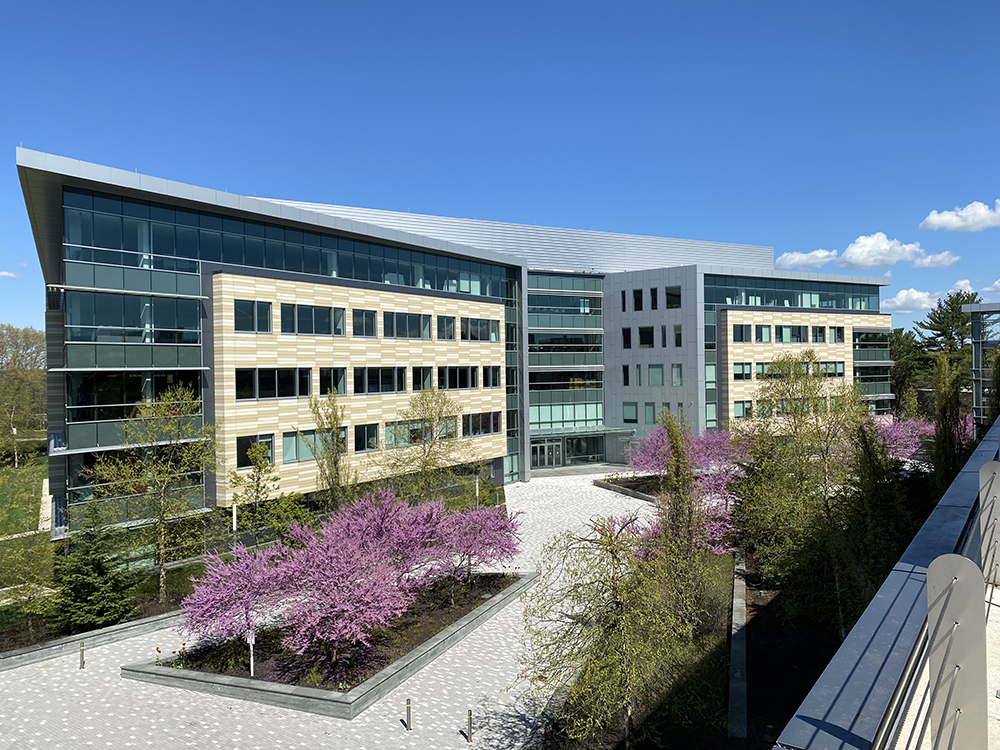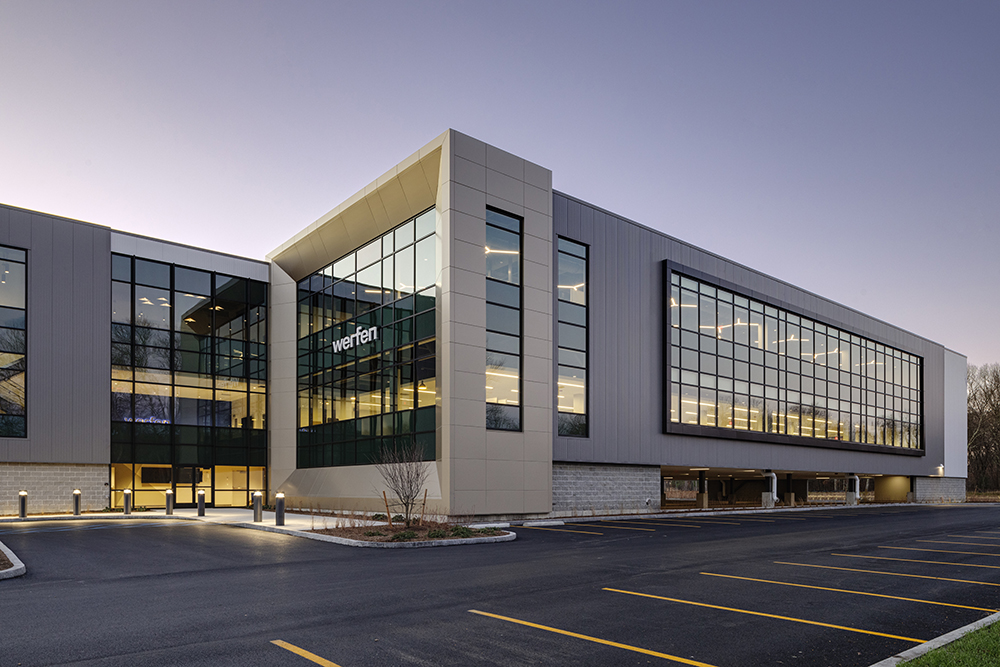News: Front Section
Posted: February 24, 2010
Builders risk insurance: Projects require review by all concerned parties to avoid coverage disputes
For new construction and renovation projects, a clear understanding of how to properly insure the project's property is most important.
For a new construction project from "the ground up," a completed value builders risk form is used. The policy must be written for 100% of the total value of the completed structure at the inception of policy. This allows for a lower rate since the values of the project increase from zero to completed values over the duration of the project. The insurer will rate the project on the average value of the project thereby reducing the rate.
For renovation projects, both the existing structure and the new construction need to be insured. Many insurers, however, will provide only actual cash value for the existing structure's shell but replacement cost on the new additions. Actual cash value is defined as replacement cost minus depreciation. Thus for older existing structures, the depreciation can be substantial. In the event of a disaster, this may create a valuation shortfall, creating possible financing hardships. It is important that the form provide the maximum value of the new construction added to that of the existing shell.
In most regular property forms, items such as underground piping, foundations, and other site structures are either not covered or limited in value. These are usually not damaged by the usual perils such as fire, etc. Since these items are exposed to weather, vandalism, collapse or other perils during construction, the values of these items need to be included in the builders risk policy's total value.
Other frequently overlooked items are building materials both on site and in transit from the supplier. On site building materials should be included in the builders risk coverage. Determination needs to be made on who will insure the property in transit from the supplier.
In regular insurance policies, time element or "business interruption" insurance will cover the loss of income during the period of restoration of the property. This traditional business interruption insurance does not provide for the unique economic losses inherent to a building project. The required coverage is known as "soft costs".
Soft cost coverage insures the economic risks caused by delays due to a covered peril. Examples include advertising, promotional expense, commissions, fees for renegotiation of leases, additional insurance premiums for the additional time to complete the project, revised architectural fees, taxes and rental of construction equipment. On large projects, soft costs can be up to 25% of the building costs. It is important that all parties involved, the owner, general contractor, and sub-contractors be adequately covered for soft costs.
Soft cost deductibles are usually expressed in time waiting periods as opposed to dollar amounts. Long waiting periods deductibles can significantly reduce the soft cost claims causing delays or financing issues.
All builders risk projects should require review before a project starts. While smaller projects such as new single-family homes may not require the extensive coverage noted above, large commercial projects require up front review by all concerned parties to avoid coverage disputes.
Alan Alexis, CPCU, CIC, is a producer at Twinbrook Insurance Brokerage, Inc., Braintree, Mass.
Tags:
Front Section
MORE FROM Front Section
Newmark negotiates sale of 10 Liberty Sq. and 12 Post Office Sq.
Boston, MA Newmark has completed the sale of 10 Liberty Sq. and 12 Post Office Sq. Newmark co-head of U.S. Capital Markets Robert Griffin and Boston Capital Markets executive vice chairman Edward Maher, vice chairman Matthew Pullen, executive managing director James Tribble,

Columns and Thought Leadership

How COVID-19 has impacted office leasing - by Noble Allen and John Sokul
To say that the effects of COVID-19 has transformed office leasing is an understatement. When COVID-19 was at its peak, office spaces were practically abandoned either through governmental mandates or through actions taken by businesses themselves.

Four tips for a smooth 1031 Exchange - by Bill Lopriore
Many real estate investors do not understand the specific requirements that must be met to secure the benefits of a tax-deferred 1031 exchange. For example, the replacement property must be identified within 45 days of the closing date of the relinquished property.

Five ways to ruin a Section 1031 Like-Kind Exchange - by Bill Lopriore
While there is some flexibility when structuring a like-kind exchange, some important requirements must be met. A mistake can ruin your exchange. Here are five mistakes to avoid:

Make PR pop by highlighting unique angles - by Stanley Hurwitz
Coming out of the pandemic, a client with three hotels in Provincetown, Mass., needed ways to let the world know his properties were open for business for the 2021 tourist season.







